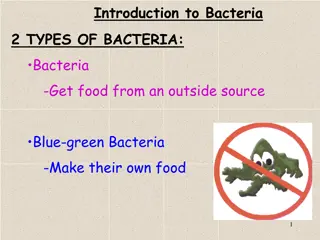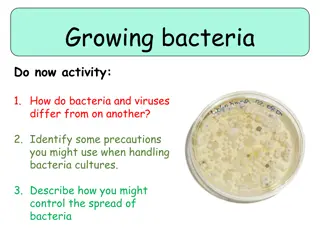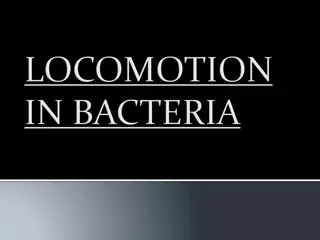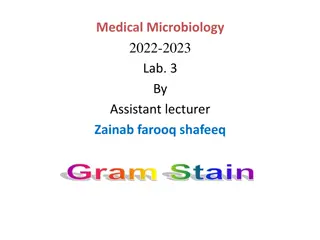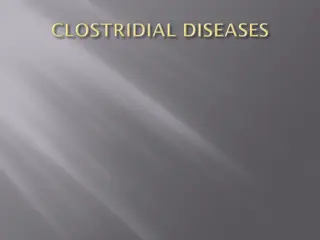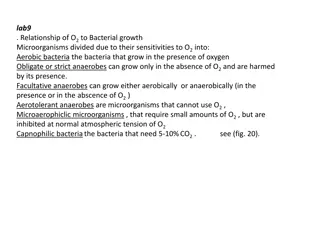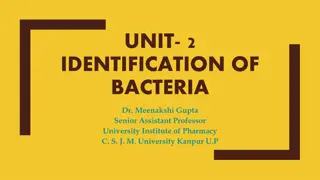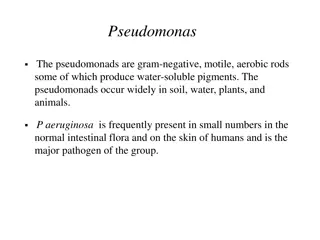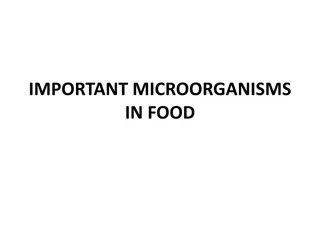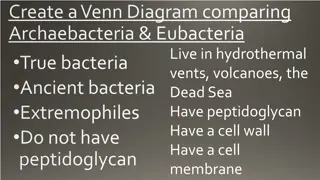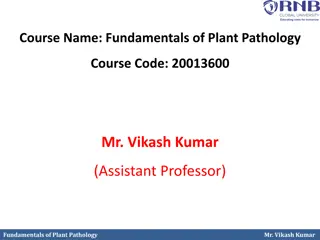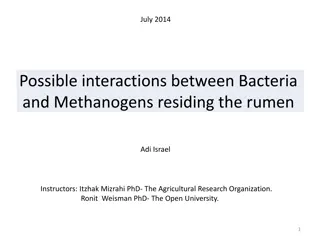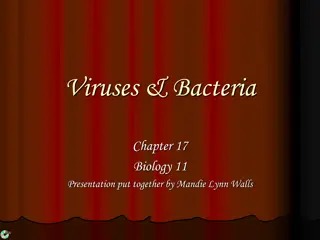
Flagellar Movement in Bacteria: Structure, Synthesis, and Mechanism
Explore the intricate details of flagellar movement in bacteria, from the structure of flagella to the synthesis process and the mechanism behind bacterial locomotion. Learn about the components like filament, basal body, and hook, and how bacterial movement is driven by flagellar rotation.
Download Presentation

Please find below an Image/Link to download the presentation.
The content on the website is provided AS IS for your information and personal use only. It may not be sold, licensed, or shared on other websites without obtaining consent from the author. If you encounter any issues during the download, it is possible that the publisher has removed the file from their server.
You are allowed to download the files provided on this website for personal or commercial use, subject to the condition that they are used lawfully. All files are the property of their respective owners.
The content on the website is provided AS IS for your information and personal use only. It may not be sold, licensed, or shared on other websites without obtaining consent from the author.
E N D
Presentation Transcript
LOCOMOTION IN BACTERIA TYPES OF MOVEMENT A. FLAGELLAR STRUCTURE OF FLAGELLA FLAGELLAR SYNTHESIS ANDASSEMBLY MECHANISM OF FLAGELLAR MOVEMENT B. GLIDING MOVEMENT FLAGELLA AND INTELLIGENTDESIGN DEBATE .
A. FLAGELLAR MOVEMENT: Most motile bacteria move by use of flagella, threadlike locomotor appendages extending from the plasmamembrane and cell wall. They are slender, rigid structure , about20nmacrossand upto15or20 m long.
Transmission electron microscope studies have show thatthe bacteria flagellum is composed of threeparts: Filament : The longest andmostobvious portion is the filament, which extend from the cell surface to thetip. Basal body: A basal body is embedded in thecell. The basal body attaches the flagellum to the cell wall and plasma membrane. It is composed of a small rod instead into a series ofring. A. B.
C. Hook : A short, curved segmented, the hook is presentoutside the cell wall and connects filament to the basal body. The hook and basal body are quite differentfrom the filament . Slightly wider than the filament, the hook is made of different proteinsubunit.
A.gram-negative B. gram-positivebacteria
An enlarged view of the basal body of an E.coli flagellum. Allfour rings (L,P,S and M)can be clearly seen. The uppermost arrow is at the junction of the hook and filament.
Thesynthesisof flagella isacomplexprocess involvingat least 20 to 30genes. Beside the gene for flagellin,10 or hook & basal bodyproteins. Othergenesareconcernedwiththecontrol of flagellar construction orfunction. Itis notknown howthecell regulatesordeterminesthe exact location of flagella. more genes codefor
Thefilamentisintheshapeof arigid helix,and the bacterium moves when this helixrotates. Thebasal bodyactas motorandcauserotation. Flagellar rotation determines the nature ofbacterial movement
This diagramof a Gram-negative flagellum shows some important component and the flowof proton that drives rotation. Five of the manyflagellar proteins are labeled (Mot A, Mot B, Fli G, Fli M, Fli N) .
Spirochetes shows several types of movement suchas flexing, spinning, freeswimmingandcreepingastheyare flexible and helical bacteria and lakeflagella. Just within the cell envelop they have flagella like structurewhichareknowasperiplasmicflagellaoraxial fibrils. Theaxial fibrilsarepresentinthespace between inner and outer membrane of cellenvelope.
Some bacteria such as the species of cyanobacteri (eg. Cytophaga) and mycoplasma show gliding movement. Whencomeincontacttoasolid surface. However no organelles are associated withthe movement. In the members of cytophagales and cyanobacteria , movement helps to find outthesubstratum eg.Wood, bark, etc for anchorage andreproduction. Theysecreteslimewiththehelpof whichtheyget attached tosubstratum.


